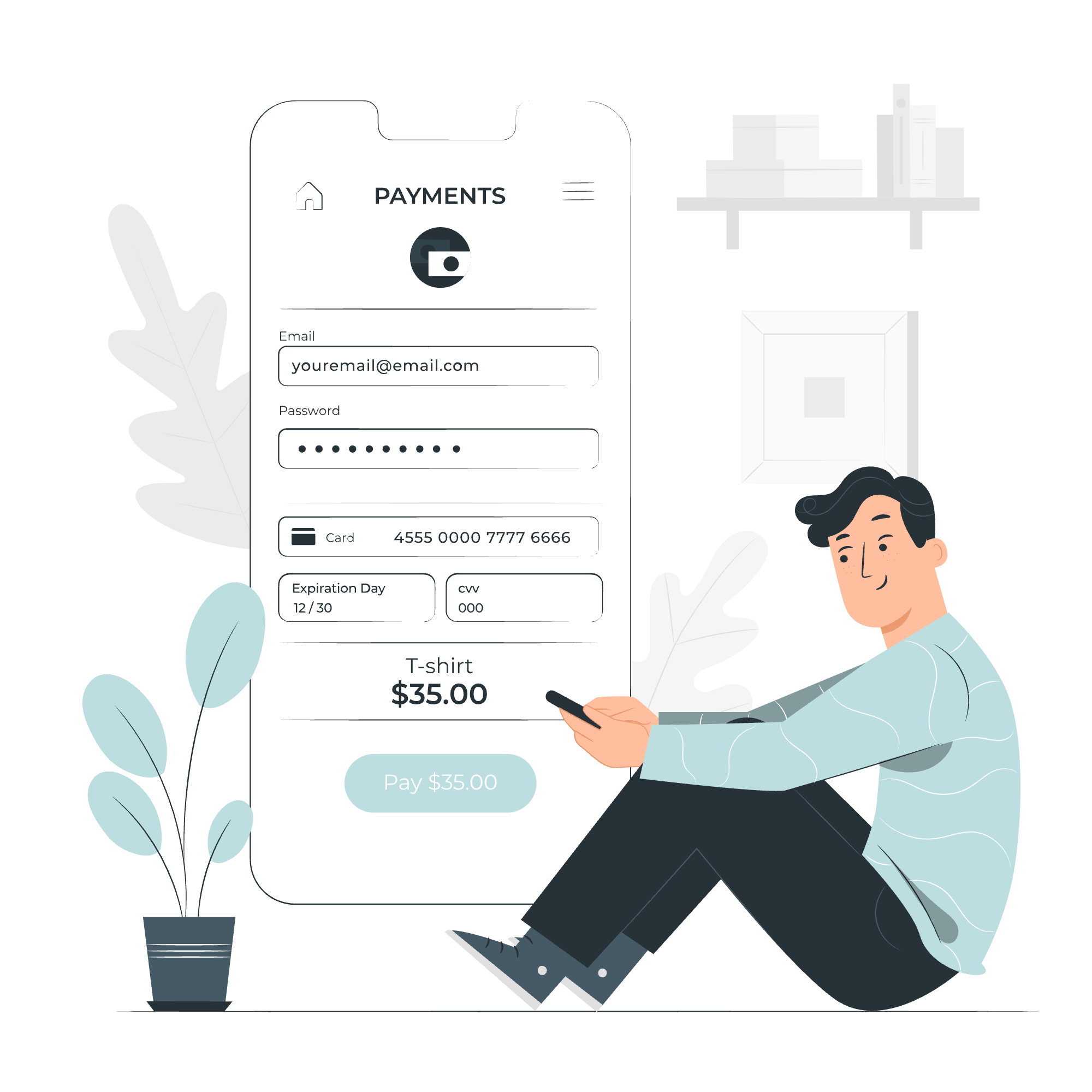Physical Card Alternatives
Improving user experience while cutting card costs.
Overview
The squad responsible for Cards flagged that the issuing and delivering physical cards to account holders is posing a high business cost. Meanwhile, reports indicated user dissatisfaction with the card delivery process. This research aims to improve the user experience while meeting the business objectives.
Objective
The main objective is to provide users with a better account opening experience through a transparent and straightforward journey that gives them more control and manages their expectations while highlighting opportunities for cost-cutting and possible monetization.
Methodology
Considering that user pain points were evident from the customer service reports with the quantitative data, competitive analysis was chosen to understand the card journey of the best-rated digital banks. The qualitative analysis is selected to explore competitors' solutions and identify aspects that fit our users’ behavior and technical capabilities.
Data Collection
Understanding users’ behavior is essential to implementing a solution that aligns with their mental model. Data relating to transactions was requested from the data team to uncover the following:
Number and value of in-store in the past 12 months.
Number and value of online transactions in the past 12 months.
Number and value of cash withdrawals in the past 12 months.
After evaluating the data received, other data points were requested:
Number and value of ApplePay transactions
Whether the ApplePay transaction is online or in-store
Data Analysis
The starting hypothesis is that adding friction to the physical card journey while making the digital card an attractive alternative by highlighting its benefits will lower the cards’ cost due to decreased demand.
To support this hypothesis, the value of transactions using physical and digital cards was compared. The first step was comparing the value of transactions via withdrawals, online payments, and in-store payments.
While the value of withdrawals directly correlated to physical cards and the online payments directly correlated to digital cards, the data from in-store or POS transactions was still inclusive.
The data regarding digital wallets was requested to add clarity to POS transactions. ApplyPay data was readily available, while data on other digital wallets was not recorded. The addition of ApplyPay data had a huge impact on the direction of the research.
Key Findings
There are three ways of delivering a usable bank card to the user:
A physical card with its unique number, expiration date, and CVV; it can be used for cash withdrawals and added to a digital wallet.
A digital card that is an online copy of a physical card with in-app controls and can be added to a digital wallet; its cash withdrawal capabilities are limited and dependent on available ATM technical capabilities.
A virtual card that only exists online; a physical copy of it doesn’t exist and cannot be requested, but it can be added to a digital wallet supporting online and in-store transactions.
Virtual cards were excluded based on established user behavior and technical capabilities.
The competitive analysis revealed a number of journeys banks offer to users once they open an account:
The physical card is offered by default. However, the digital copy of it is instantly available, and users are prompted to start using it immediately while waiting for their physical card to arrive.
The digital card is offered by default; the physical copy of it is freely available; however, the user has to make a request for it to receive it explicitly.
While the standard cards are free of charge, if the user selects the physical card journey, they are given a chance to upgrade their card either via customization or by upgrading the material from plastic to metal.
The digital card is offered by default; the physical card is delivered after a one-time purchase explicitly made by the user.
A detailed case study of three competitors, each offering a different journey, highlighted friction added to ordering physical cards, techniques used to guide users to digital cards, a mapped-out user journey for upcoming UX design activities, and messaging for upcoming copy activities.
Recommendations
In our existing operating model, the user is prompted to order their account debit card as the first step post-account approval. They are unable to bypass this step and are unaware that they have access to their account before the card delivery. The last step of ordering the debit card prompts the user to activate the card using a QR code that is delivered in the main alongside the digital card.
The first recommendation is to refrain from charging for physical cards as a deterrent to ordering them, as it risks negatively impacting the user experience and is a technique rarely used by competitors (5%)
The second recommendation is to break down this journey in one of two ways:
Remove the card activation screen and replace it with a screen giving users access to their digital card.
Replace the debit card ordering screen with a digital card screen and create a new physical card journey.
The third recommendation is to collect more data points on withdrawal user behavior, whether it’s a recurring behavior by a small segment of users or a common behavior to most users, and further investigation depending on the outcome.


